Mariana Velichkova’s interview with the photographer Sam Dobrow
Tell us more please about your growth as photographer?
I started taking photos of my friends in the 6th grade. By the time I was in high school I had a black and white darkroom and was taking photography classes that emphasized traditional photography, the zone system and works by Ansel Adams, Edward Weston and Minor White.
At the University of Florida my traditional views on photography were challenged by the school of thought introduced by Jerry Uelsmann who was the head of the photography department. Jerry started a movement in photography where photographic images were created from the imagination by combining and masking multiple images.
In the wet darkroom this was tedious and time consuming. It took many, many tries to get the image right and could rarely be reproduced due to the complex series of exposures required.
After graduating college my career took me into business research and marketing in the software industry. The demands of my career and the lack of space for a wet darkroom put my creative photography on the back burner until the digital era allowed me to get “back into the darkroom”.
Several years ago I registered for classes at the Art Institute of Atlanta to update my skills in photography, where I met Perry Dilbeck who is still a mentor to me today. I’ve also attended professional photography workshops with well know glamour photographer Roland Gomez, documentary photographers David Alan Harvey, William Albert Allard, Ralph Lee Hopkins, and fine art photographer Elizabeth Opalenik.
Chip Simone, an icon of the Atlanta photography scene and student of Harry Calahan has been an influence through his leadership and critiques at the Atlanta Photography Group. Other iconic photographers whose photography has influenced my work include David LaChapelle, Richard Avedon, Annie Leibowitz, Jock Sturges, and Helmut Newton.
One of the more frustrating aspects of finding a style was having my portfolio reviewed by established photographers. Initially my portfolio was very broad based and included images that ranged from nature, landscape and travel photography to fine art nudes, environmental portraits and fashion.
The common theme that emerged was that my portfolio was too broad and they couldn’t figure out what I really did, but few would point me in a direction to narrow the works. They all told me I needed to “find my voice” and the portfolio would emerge.
I was spending too much time trying to figure out what other people wanted me to photograph and not enough time exploring my own passion for image making.
One day, in a critique facilitated by Chip Scimone, he asked me if I felt my images were voyeuristic; and that is another story for another day. But this started me exploring a concept which has helped me focus on a style and direction. I guess I’m discovering “my voice” in my photography.
When does photography turn into art?
I don’t necessarily believe that photography “turns into art”. Photography is art when it is used to express individual feeling and emotions. It becomes more widely acknowledged as art when it evokes emotions in other people.
I know a photographer who gets a thrill just by the sound of the shutter clicking and the feel of squeezing the shutter button — when his images convey that sense of thrill other people can appreciate his art. For me the thrill is seeing something beautiful through the construct of the camera and lens then positioning myself in a way to capture that beauty and sculpt it with light.
What do fascinate you the most in photography?
I have always been fascinated with the relationships between time and space. Photography allows me to distort that relationship. I can freeze space in time taking such a narrow slice of it that the camera reveals something that could have slipped away in an instant. Alternatively, I can slow the shutter and flatten a segment of the time continuum into an instant, presenting an alternative world where solids occupy the same space simultaneously.
What is the ‘secret’ behind taking very good pictures?
This is a very interesting question because it begs the quantitative solution to a qualitative result. “Good pictures” is very much an opinion, there is no de facto definition of good pictures. Many people talk about “good design” such as framing with the camera and using the rule of thirds for composition; but these are basics and do not guarantee “good photographs”.
Good photographs are something we know when we see them because they evoke emotions. This is why so many photographers tend to focus on images of human suffering. Human suffering can be captured in the universal language of photography much more easily than lighter subjects. Laughing is probably the most universal expression of joy and that is a good way to convey a more positive connection with the viewer.
I choose to capture beauty which is much more challenging because of the cultural interpretations of beauty. In my work, I try to convey beauty as I see it not as I think others want to see it. It is this sense of personalization that gives my work its character. Whether other people think I make good photographs is really a matter of personal interpretation.
What story would you like to tell with your camera?
I relate to Helmut Newton, not so much his style as his psyche. Helmut became famous for breaking the limits in the fashion industry and pushing his own erotic thoughts into fine art images. There are recesses of the mind where fantasy lives and reality is absent. Helmut was brave enough to let those fantasies out and capture them in his photography.
Much of my photography is portrayed through a filter of eroticism. I see eroticism as the most primitive and most powerful mechanism for communication. It is the essence of our survival instinct and is seated in the most primitive “reptilian” part of our brain.
Eroticism is nonverbal and in fact defies intellectual attempts to verbalize what it is. My goal is to capture and convey the animal eroticism of my subjects. I seek to arouse and sometimes shock the viewer of my photographs with images that evoke feelings which can not be verbalized.
What do you think about the words of the American photographer Paul Strand:
“It is one thing to photograph people. It is another to make others care about them by revealing the core of their humanness.”?
Paul Strand is a great photographer, who along with several others of his time laid the foundation for photography as an art form. His famous photo of a blind woman demonstrates his ability to capture an image of a person in a seemingly vulnerable situation to evoke strong feelings. Seeking to evoke emotion through photography is the goal of the artist and Strand clearly understood this.
What is your advice to the beginners in photography?
The first thing I would say to someone just starting out in photography is, never shoot in automatic exposure mode. Master the camera and don’t think “exposure doesn’t matter because I can fix it in Photoshop”. Learn to use a hand held light meter to explore your scene and “see it in black and white first”.
Once you have full understanding of the relationship between f/stop, shutter speed, and ISO you will be able to craft more creative images and capture them as you see them. With a good capture you will have an enormous range of possibilities in the digital darkroom.
The second thing I would recommend to anyone starting out in photography is, submerse yourself in the works of other photographers. Look at the work of the early masters as well as current photographers. Become so familiar with the work of other photographers that you can talk photography and express your own opinions on why a photograph is or is not a “good photograph”.
Finally, I would recommend that anyone starting out in photography follow their passion, make photos for themselves not what they think others want to see, and explore the dreams and fantasies of your childhood in your photography.
Biography:
Sam Dobrow has been involved in photography as an art for over thirty years. In high school, he was influenced by a photography teacher who instilled the purist principles of Edward Weston and Ansel Adams. Sam developed advanced skills in visualizing the tonal range of a setting and capturing images with available light.
In the darkroom he experimented with a variety of chemical and temperature techniques for both film and print processing. Early recognition of his photographic talent came when one of his high school still life photographs won second place in a University of Florida photography contest.
At the University of Florida, Sam’s conservative and traditional perspective on photography as a visual medium was challenged by the thinking and works of Jerry Uelsmann, one of the early masters of photomontage, and by guest lecturers like Robert Heineken (UCLA).
Sam recently updated his education in studio photography and digital image processing through classes at the Art Institute of Atlanta where his artistic style was influenced by photo book author Perry Dilbeck.
Sam has also attended workshops and studied under renowned photographers William Albert Allard (documentary), David Alan Harvey (documentary), Elizabeth Opalenik (fine art), Ralph Lee Hopkins (natural history), and Rolando Gomez (glamour).
Sam’s fine art photography portrays beauty, especially of people, the female form and nature. Some of Sam’s images may seem highly manipulated; however, the level of manipulation is much less than might be expected due to his techniques of ‘painting with the camera’.
Sam’s mastery of depth of field, shutter speed, lighting and how they affect images captured by a digital sensor allow him to create images that transcend time and space. Not only can Sam’s images fascinate and deceive the eye but they convey ethereal moods and emotions.
As Sam learned from Jerry Uelsmann, it is OK to break all the rules and experiment with the medium – digital photography offers many new ways to see and process images that bend or break the rules of traditional photography.
Sam Dobrow was born and raised in Daytona Beach, Florida. He lives in Milton, Georgia, a suburb of Atlanta with his wife, Janice, and two daughters, Shannon and Jordan.

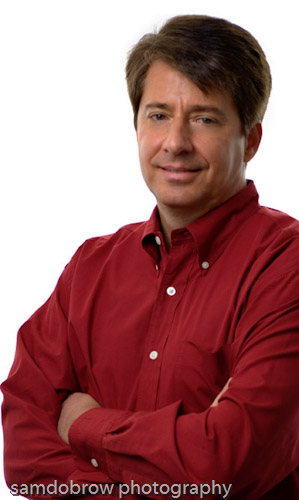


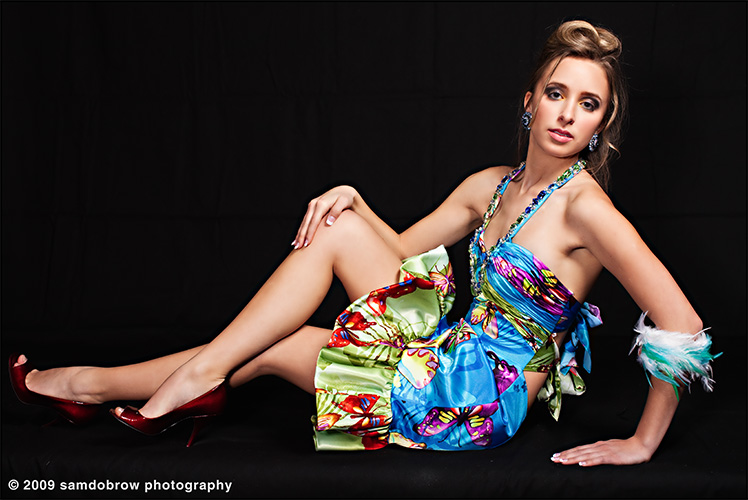
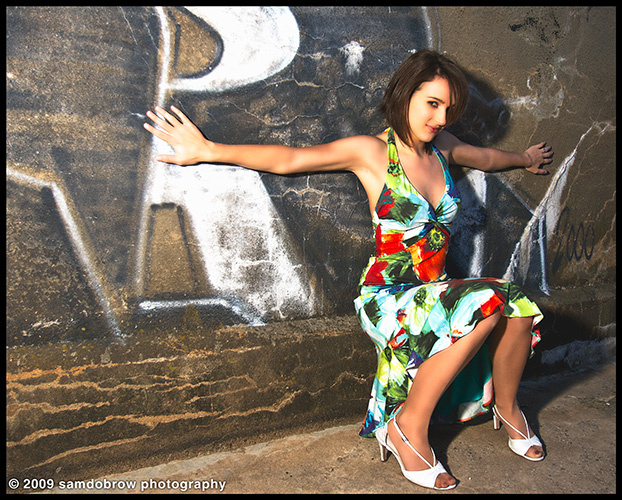
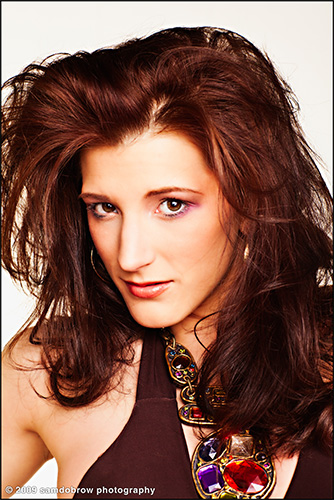
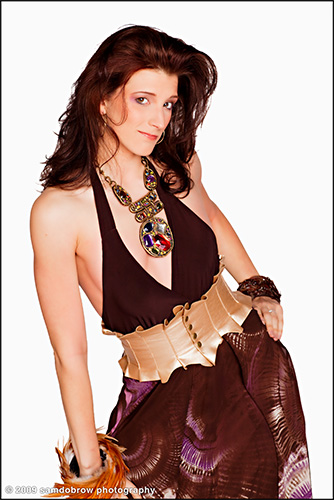
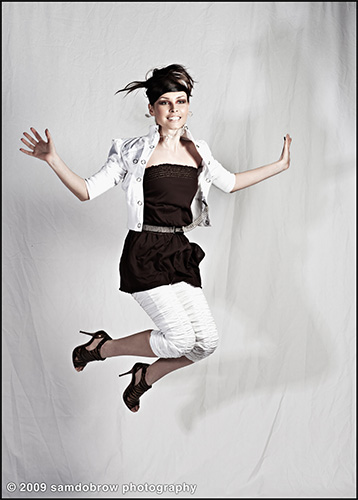
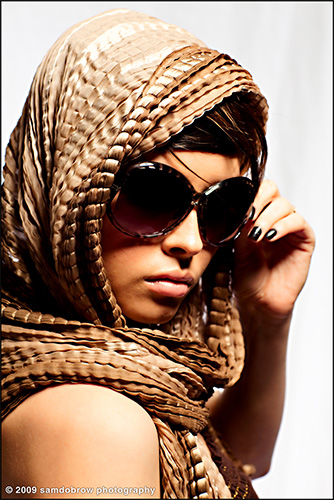
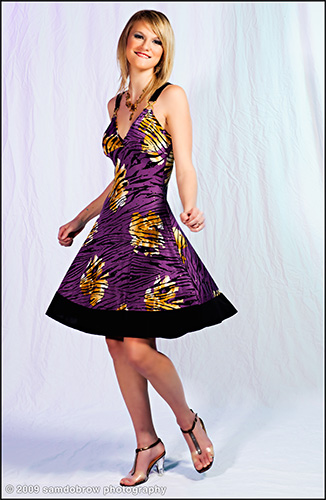
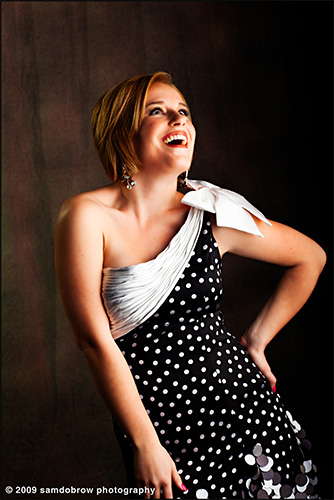
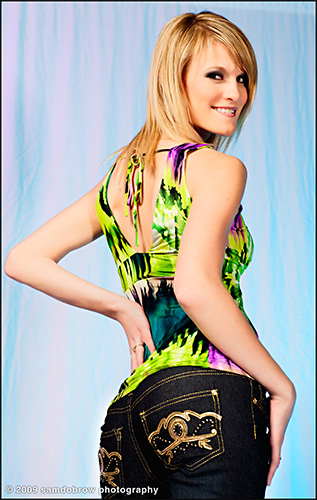

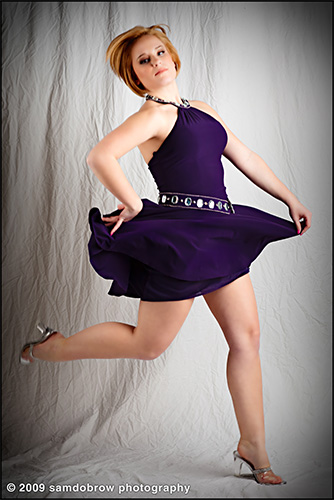
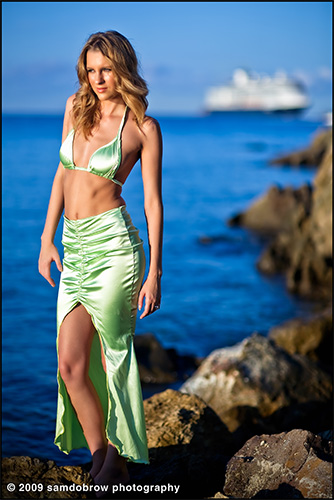
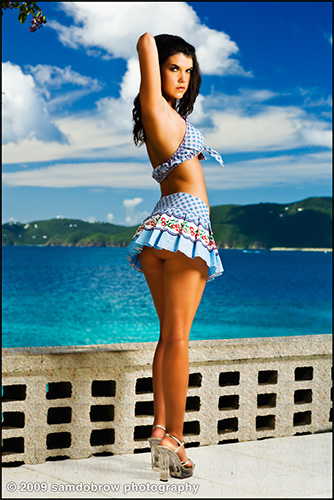
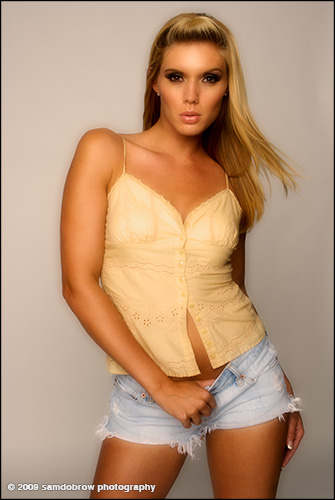
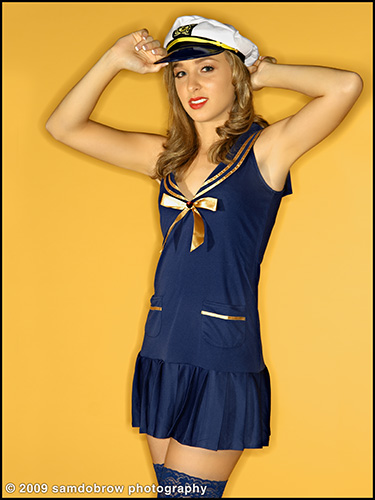











22 comments so far ↓
Nobody has commented yet. Be the first!
Comment